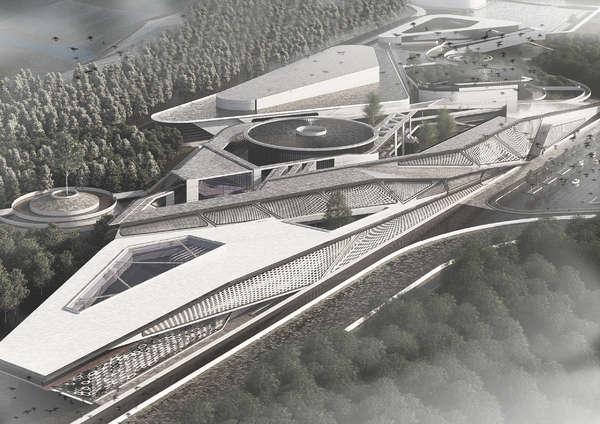The Eden Cooperative: A 100 Year Blueprint
"...shaped by the people, presented by the landscapes, and supported by the infrastructure..."
This thesis begins with an exploration on the impact of past political decisions on the UK landscapes. It traces the transformation of landscapes through arable land expansion and industrialization driven by socio-economic forces, linking these changes to the current global crisis. The focus shifts to Cumbria, shaped by tourism and agriculture. The region faces a declining natural ecosystem, exacerbated by food loss in agriculture and food waste from tourism. This thesis proposes a development that utilizes food waste and loss to drive positive change in Cumbria’s social, environmental, and economic conditions.
The proposal unfolds in four phases, recognizing tourism as a key benefactor integral to the master plan, and drives a societal shift, repositioning tourism and agriculture as central to the territory’s development. Phase three, considered the core of the project, establishes a research center housing a bioconversion hub. This hub processes food waste from tourism and food loss from agriculture, converting them into valuable resources. As the bioconversion process takes shape, the landscape will act as a canvas, painting the design proposition across a temporal timeline.
As the landscapes are regenerated, tourism and agriculture will be repositioned as integral to the territory, becoming the main contributors to the regenerated landscapes. This intervention rejuvenates Cumbria’s soil and landscape, positioning the region as a leader in environmental innovation. By integrating tourism and agriculture into the core of the development strategy, the project fosters a societal shift that redefines these industries as essential to the region’s social, environmental, and economic health. The project aims to create a regenerative, resilient, and economically vibrant future for Cumbria, shaped by the people, presented by the landscapes, and supported by the infrastructure that spans across a 100-year timeline within the county of Cumbria.


